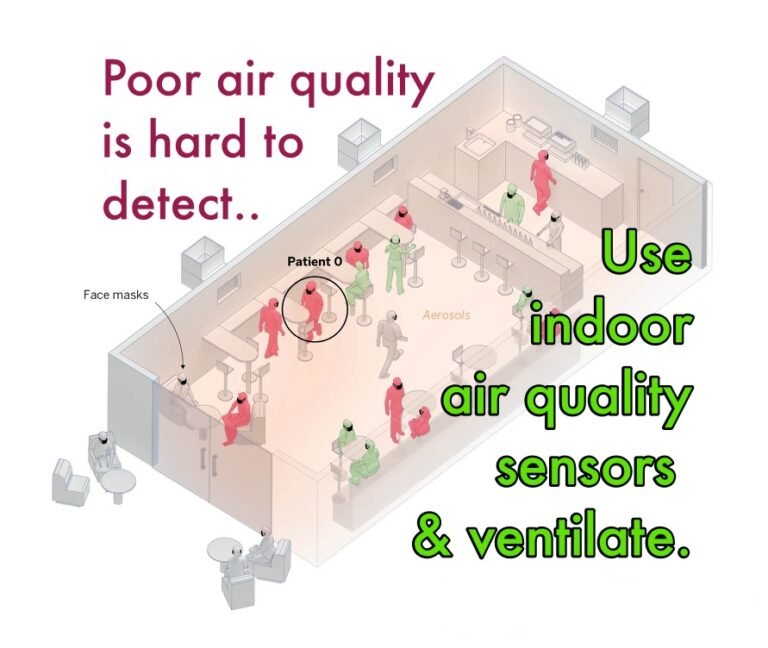What is Project Scope Management? Simply, it is defining and controlling the deliverables of the project.

It should answer – what product or service is available on a specific date in the future? The deliverable should also have a quantifiable measurement of key success indicators. It should be quantifiable that it should leave no room for misinterpretation. It should be clear to all stakeholders from the project owners and the project team in charge of delivering the product or service.
This very simple definition is actually the hardest part of software scope management — defining the scope is where mistakes hatch themselves only to be seen later when it’s time to check the deliverable.
Defining the scope involves gathering the business requirements – talking to the project initiators and the business unit that needs the system, reviewing existing documents (if available) and then producing clear documents that should articulate the entire scope of work. The scope should always be reviewed and approved by the project sponsor.
Controlling the scope is ensuring that the previously defined scope of work continues to support the defined objectives of the project. It may involve preventing new requirements, accepting new changes or even removing previously stated requirements. If the scope was not defined clearly in the beginning, controlling scope during the project execution is going to be difficult because you will not have a clear baseline to base what is changed or not.
Almost every change in scope will impact project cost and schedule, that is why it is paramount to have the scope clearly articulated from the very beginning to avoid delays and cost overruns in the project. How? Start with clearly defining your project charter.

